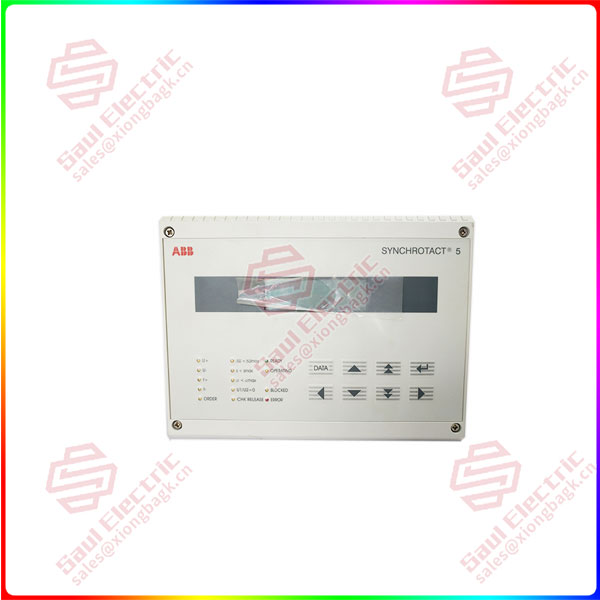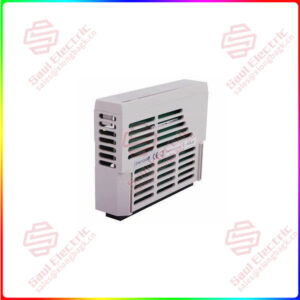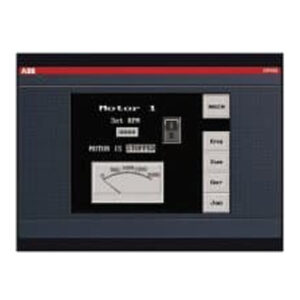Description
Overview
Essential details:SYN5201 3BHB006714R0221 Synchronizing devices and systems
lf you need to inquire or purchase ,please send the product models to my email or call medirectly .
sunny He
[Email] sales@xiongbagk.cn
[Mobile] 86-18059884797
[WhatsApp] 86-18059884797
[Skype] sales@saulcontrol.com
SYN5201 3BHB006714R0221 Synchronizing devices and systems
Specific settings for synchronizing and paralleling are stored in a parameter set. Devices with seven parameter sets have seven times the same parameters, with the possibility of individual setting. That way, seven paralleling points with individual settings may be operated. Firstly, the parameter set, or the circuit breaker to be synchronized has to be selected. Then the synchronizing process can be started.
The software-driven link between parameter set and paralleling point guarantees the correct assignment of the setting values to the related plant components.
Service control for commissioning and servicing
– Built-in service controls: keypad and LCD (standard)
– SynView PC tool (accessory) for local control:
PC / Ethernet (standard)
– SynView PC tool (accessory) via LAN (standard)
Operating control for normal synchronizing operation
– Digital inputs/outputs: conventional wiring (standard)
– Interface (Modbus, Profibus, LON, IEC 61850): remotecontrolled synchronizing operation (option)
The SYN 5202 is a dual-channel system with two differentlystructured independent channels in the same casing. SYN 5302 consists of two SYN 5202 dual-channel devices in one casing. Both systems are normally all wired in series (four channels!). Should one system fail, it is possible to switch over, without danger, to the other dual-channel automatic system.
This allows paralleling to be carried out fully automatically and with maximum security at all times. Additional costs for a redundant synchronizing system are saved.


 1 Year Warranty
1 Year Warranty



